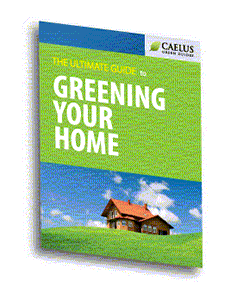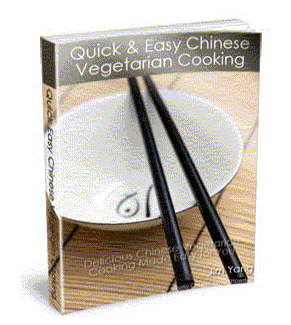Question by : Eco-friendly home project..?
I’m doing a project at school with 2 other people and we have to make a model of an eco-friendly home. What are the best eco-friendly products? And what is the best eco-friendly insulation, caulk, window panes, doors, fire/safety alarms, and radon detectors? Thanks a bunch! (please include websites if possible!)
Best answer:
Answer by Eric P
For the greatest Eco-friendliness, you want to select products that require the least energy and raw material to produce, systems that require the least energy to use and products and materials that preserve the air and water quality of the space.
Re-purposed materials are prime candidates for eco-building materials. For insulation, options include recycled cotton such as Ultra-touch http://www.ecohaus.com/C-121/ultra+touch. It is basically shredded blue jeans. Another option that is gaining in popularity is straw bale house construction. Straw bales are set onto wall foundations and are framed. Then the bales are covered with stucco or cement. The result is a structure made of renewable materials that has very good insulating properties. Here’s an informational site about straw-bale construction: http://www.strawbale.com/
For framing and walling, alternatives such as Wheatsheet is an eco-friendly alternative to virgin wood products. Wheatsheet is made of recycled wheat chaff instead of tree wood. It also does not off-gas (produce fumes) like some glued and treated wood construction materials, helping maintain clean indoor air.
http://www.ecoproducts.com/top/price%20sheets/wheatsheet.pdf
For decking, recycled composite products such as ChoiceDek are eco-friendly because they use recycled plastics and wood fiber instead of virgin tree wood and they last longer than most wood products. http://www.choicedek.com/
For floor-covering, hard surface floors are usually preferred to carpet because they are easier to clean and do not trap allergens and contaminants. Bamboo flooring is an eco-friendly option because bamboo is a fast-growing and renewable wood source. Other options are cork flooring, recycled rubber flooring, natural linoleum and recycled glass tile. If you do decide on carpeting, use carpet made of recycled PET (pop bottles) or wool–they are renewable products and do not off-gas as much as new, conventional carpeting.
There are several alternative adhesives, paints and finishes, including solvent-free Titebond adhesives, Timbertek wood finishes, Osmo Color wood sealer.
Most of this information came from Eco-products. I have a binder of theirs. Although most of the material on their website is about plates and cups, you might be able to find construction-alternatives in their site or register in the “training” section. www.ecoproducts.com.
Also, try to make use of passive solar energy in your design. It is the simplest and least-resource intensive method of building. Strategies include using south-facing windows to heat rooms using the sun, brick or cement walls on the south side to absorb heat during the day and radiate it at night (called a Trombe wall) and properly-placed windows and skylights to provide natural lighting to every room of the house. Planting deciduous (leafy) trees around the house provides shade in the summer to keep the house cool but allows sunshine through in the winter when the leaves fall to help warm the house. The National Renewable Energy Lab has many strategies and suggestions for green building. Their visitors center employs many eco-friendly strategies: http://www.nrel.gov/visitors_center/eed_model.html
There is so much more to green building but hopefully that’s a helpful introduction. Have fun with the project!
What do you think? Answer below!
Tags:Ecofriendly, friendly, home, project








0 comments:
Post a Comment